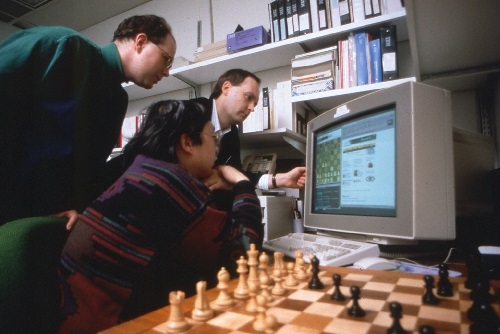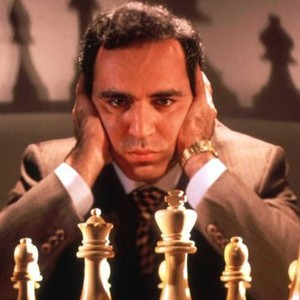

Unlike Deep Blue’s Bayesian structure, AlphaGo was built using artificial neural networks. Then, in 2017, AlphaGo defeated Go world champion Ke Jie. Operating like a search engine with impressive natural language processing (NLP) and reasoning abilities, Watson proved computers could not only master mathematical strategy games, but knowledge- and communication-based games, as well. In 2011, the world watched as IBM’s Watson dominated an exhibition Jeopardy! match with the show’s two most celebrated players, one of whom had won a series of 74 consecutive shows. Deep Blue was an example of explainable AI, so its decisions were transparent and later easily understood by designers.īut technology has progressed dramatically since 1997. Yet, because of Deep Blue’s Bayesian structure, its programmers could audit the computer’s decision-making afterward and determine, in retrospect, why it had chosen to act a certain way. In order to defeat the greatest chess player in modern history, Deep Blue needed to be able to compute the game map and potential future consequences much more accurately than its programmers - or any human opponent - could. Humans tend to play chess based on pattern recognition and intuition, whereas machines consider billions of possibilities, almost instantaneously, before deciding on the best course of action. Eventually, the computer boasted an impressive library of Bayesian networks, or decision trees, which pulled from probability theory, expected utility maximization and other mathematical systems to suggest the best scenario.īy training the system to make decisions independently, the developers sacrificed their ability to fully predict Deep Blue’s game behavior. During development, engineers provided an opening library of moves, added features, improved computation speed and sparred the system against chess grand masters.

The 1997 version was capable of searching between 100 and 200 million positions per second, depending on the type of position, as well as a depth of 20 or more pairs of moves. The software carried out the more basic aspects of the chess computations, while the accelerator chips searched through a tree of possibilities to calculate the best moves. Deep Blue was essentially a hybrid, a general-purpose supercomputer processor outfitted with chess accelerator chips. Big data was in its infancy, and the hardware couldn’t have supported large networks anyway. While certainly AI, Deep Blue relied less on machine learning than current systems do.

By 1997, Deep Blue was sophisticated enough to defeat Kasparov, the reigning world champion.


 0 kommentar(er)
0 kommentar(er)
